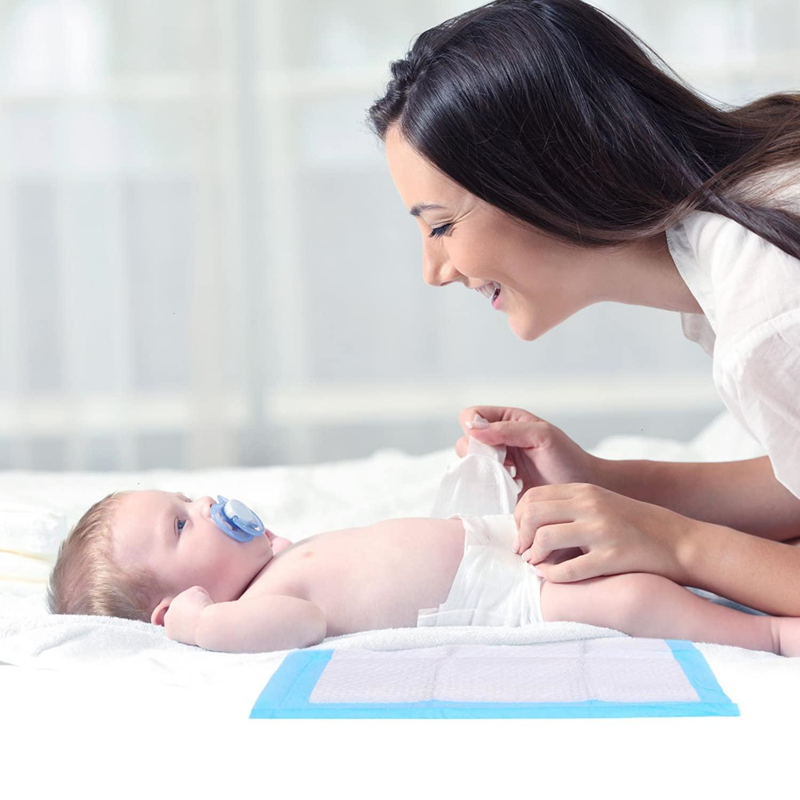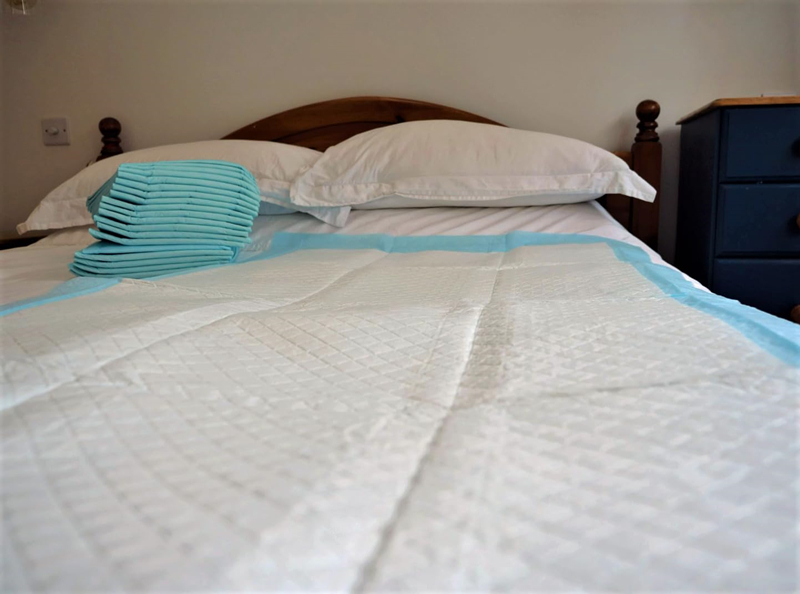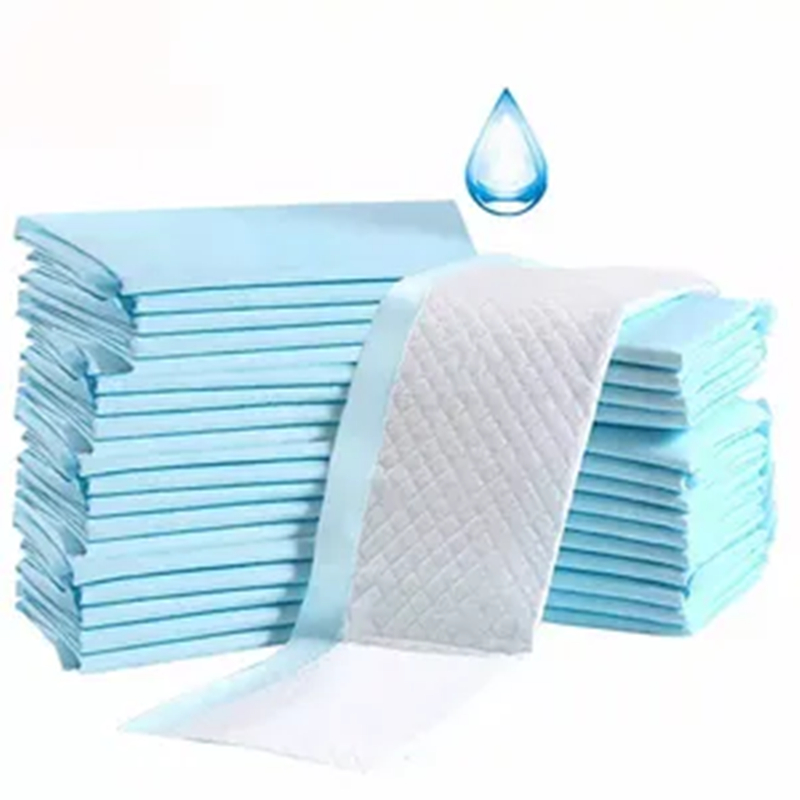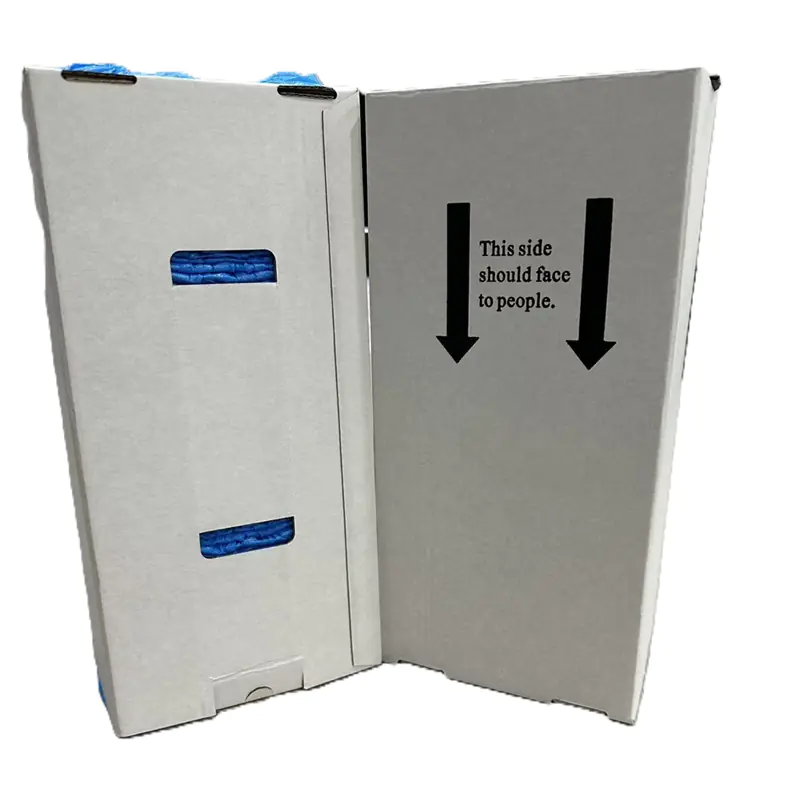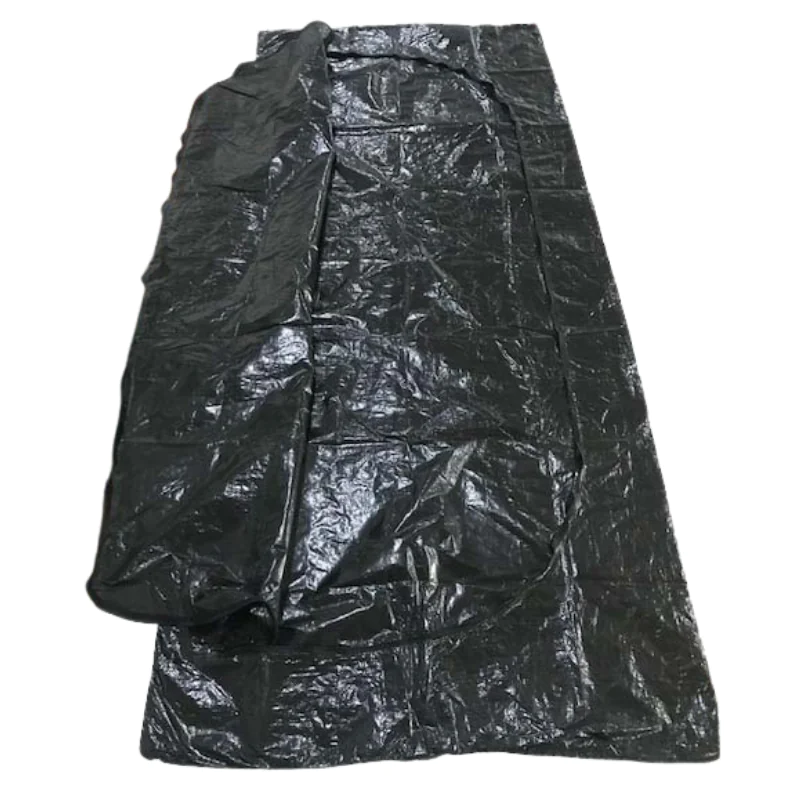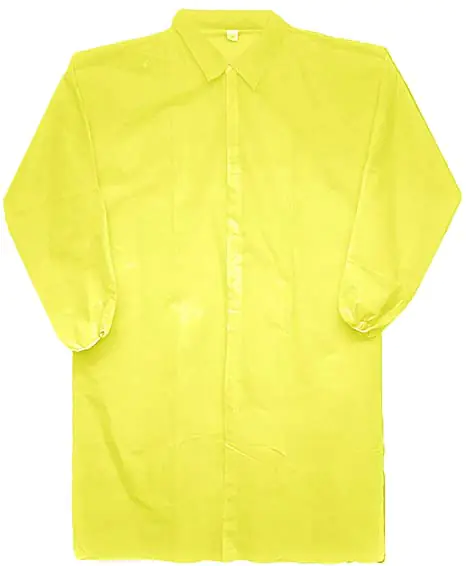- Purpose and users: Maternity Pads are for postpartum use. They handle lochia and heavy flow after birth. They are worn by the new mom. Baby Urine Pads are flat pads for newborn and baby care. They protect beds, cribs, strollers, and chairs from pee, poop, and spit‑up.
- Structure and materials: Maternity Pads are body‑shaped pads with a soft non woven top sheet, a thick absorbent core (often fluff pulp plus SAP), and side leak guards. They may have adhesive to stick in underwear. Baby Urine Pads are 일회용 언더패드 with a gentle 부직포 surface, a wicking core, and a waterproof PE film back with sealed edges to stop leaks.
- Size and shape: Maternity Pads are contoured and narrower to fit the body. They can be long and thick for night use. Baby Urine Pads are flat and rectangular. They come in small, medium, large및 extra large sizes to cover a bigger area under the baby.
- Absorbency and leak protection: Maternity Pads focus on fast pull‑in and hold for blood and clots. They aim to reduce rewet and protect sore skin. Baby Urine Pads focus on wide‑area absorbency for urine and spills. Many use quilted flow channels and tight edge sealing. You can choose light, medium, or heavy absorbency levels.
- Skin contact and comfort: Maternity Pads touch tender perineal skin all day. They need a soft, breathable top and low friction. Baby Urine Pads sit under the baby. The non woven top sheet should be gentle, but the main job is to keep the surface dry and the mattress clean.
- Usage and change method: Maternity Pads are worn in underwear with adhesive. Change every 2–4 hours or when wet 또는 soiled, from heavy days to lighter flow. Baby Urine Pads are placed on the bed, sofa, crib, or changing table. When wet 또는 soiled, remove and replace the pad. They are made for one‑time use.
- Hygiene and odor control: Maternity Pads trap fluid close to the body. Good pads cut odor and moisture to protect skin. Baby Urine Pads lock liquid inside and block leaks with a 방수 back. One pad, one patient helps reduce cross‑contamination during incontinence care and diaper changes.
- Cost and convenience: Maternity Pads are most used in the first two weeks postpartum, then less as flow eases. Baby Urine Pads are used often for daily care, travel, and night. They save time on laundry, guard the mattress, and give quick, clean setup for each change.
